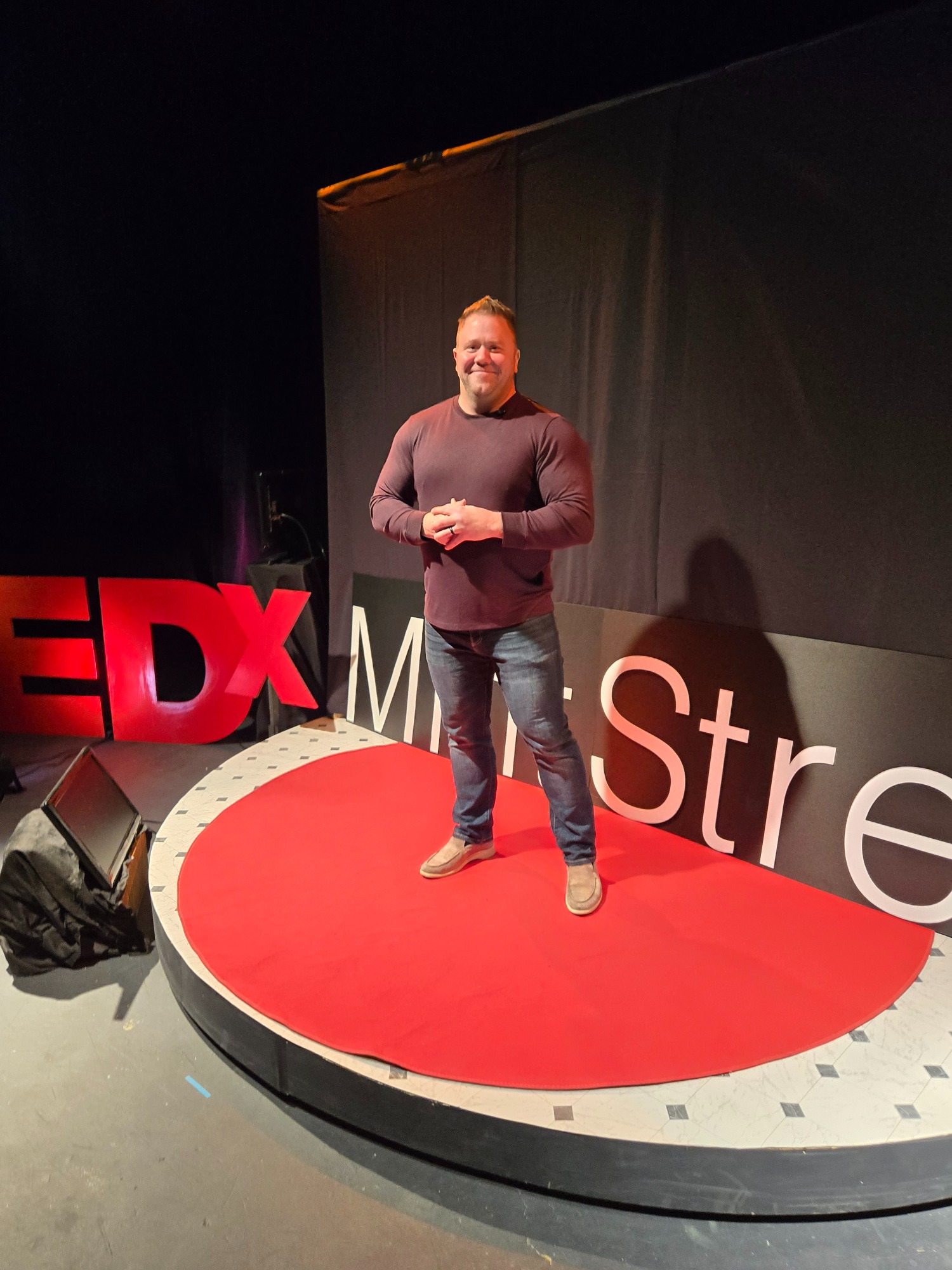Founder Transition Strategies: Moving from Day-to-Day Operations to Big Picture Thinking

- 15 mins read
As a business grows, founders often find themselves trapped in daily operations, making it difficult to focus on vision, strategy, and long-term growth. Transitioning from a hands-on operator to a visionary leader is essential for scaling successfully and achieving sustainable success.
At Lateral Solutions, we help founders shift from being the backbone of daily operations to strategic leadership, ensuring they can grow their businesses without burnout. This article explores key strategies to make a successful transition while maintaining business momentum.
The Founder’s Dilemma: Stuck in the Weeds
Many founders struggle to step away from daily operations because:
- They feel no one can do the job as well as they can
- The business is too dependent on their involvement
- They lack a trusted leadership team to delegate responsibilities
- Their time is spent on tactical tasks instead of strategic growth
While this level of involvement may have been necessary in the early stages, it becomes a bottleneck as the business scales. Transitioning to a visionary role is critical for long-term success.
Key Strategies for Transitioning from Operator to Visionary
1. Shift from “Doing” to Leading
Founders must transition from being involved in every detail to guiding the business through leadership and strategy. This requires:
- Letting go of control and trusting key team members
- Shifting focus from daily tasks to long-term strategy
- Prioritizing leadership development to empower the team
Case Study: A SaaS founder reduced direct involvement in daily operations by 70% after implementing structured delegation and leadership coaching.
2. Build a Strong Leadership Team
A strong leadership team allows a founder to step back and focus on big-picture goals. Key steps include:
- Hiring leaders who align with the company’s mission and culture
- Clearly defining roles and responsibilities for leadership positions
- Empowering team members to make key decisions
Implementation Tip: Develop an executive leadership framework outlining responsibilities, reporting structures, and performance metrics.
3. Systematize and Document Key Processes
To reduce reliance on the founder, businesses must have structured and repeatable systems in place.
- Create Standard Operating Procedures (SOPs) for critical business functions
- Automate repetitive tasks to reduce operational inefficiencies
- Establish clear decision-making frameworks to ensure consistency
Case Study: A retail business improved efficiency by 40% after implementing documented SOPs and automated workflows.
4. Focus on Strategic Vision and Growth
As founders step back from daily operations, they must shift their attention to strategic growth initiatives. This includes:
- Developing long-term business strategies and innovation plans
- Exploring new markets, partnerships, or acquisitions
- Investing in leadership training and company culture
Implementation Tip: Schedule dedicated strategy sessions to review market trends, business opportunities, and company vision.
5. Strengthen Financial Oversight
Stepping back from operations doesn’t mean losing visibility into the business. Founders should:
- Implement financial dashboards for real-time business insights
- Review financial reports regularly to track profitability and sustainability
- Work with a CFO or financial advisor to ensure smart decision-making
Case Study: A consulting firm increased profitability by 20% after the founder shifted focus to financial planning and strategic investments.
6. Establish Clear Communication Channels
As founders transition away from day-to-day management, they must ensure strong communication across the organization.
- Hold regular leadership meetings to align on goals and priorities
- Create transparent reporting structures to track progress
- Maintain a feedback loop with employees to foster trust and engagement
Implementation Tip: Use collaboration tools like Slack, Asana, or Notion to streamline communication and task management.
Overcoming Common Founder Transition Challenges
✅ Fear of letting go: Start small by delegating low-risk tasks and gradually increase responsibility among team members.
✅ Lack of trust in leadership: Invest in leadership development programs to build confidence in key personnel.
✅ Worry about losing control: Implement performance tracking systems to maintain oversight without micromanaging.
✅ Resistance from employees: Communicate the benefits of leadership changes and involve teams in decision-making.
Measuring a Successful Founder Transition
To ensure a smooth transition, founders should track:
- Time spent on strategy vs. operations
- Leadership team effectiveness and accountability
- Business growth and profitability post-transition
- Employee engagement and decision-making improvements
Conclusion: Embrace the Visionary Role
Moving from daily operations to big-picture leadership is a game-changing shift for founders. By building strong systems, empowering leadership teams, and focusing on strategy, founders can lead their businesses into sustainable, scalable growth.
At Lateral Solutions, we help founders make this transition seamlessly with tailored leadership coaching and operational strategies.
Book a Free Call Today to start shifting from day-to-day operations to high-impact leadership.
Share this :

JD, MBA, CAE
Jon Bassford, JD, MBA, CAE, is an expert in curiosity-driven leadership. Not your typical operations professional, Jon has applied his curiosity to launch, manage, and improve operations for organizations ranging from venture-backed startups to global nonprofits with far-reaching impact.
Quick Links
Ready to Transform Your Business?
Schedule a consultation with us today and discover how tailored strategies and expert guidance can unlock your business’s full potential.


Frequently Asked Questions
Our approach combines data-driven diagnostics, tailored solutions, and leadership development. Led by Jon Bassford, we focus on empowering businesses to scale efficiently while fostering operational clarity and innovation.
Operational audits identify inefficiencies, streamline processes, and provide actionable insights. They serve as a foundation for sustainable growth by optimizing your operations and aligning them with your goals.
The Growth Navigation System is a comprehensive diagnostic tool that evaluates Operational Excellence and Transformation Readiness, helping businesses prioritize key areas for improvement and growth.
Executive coaching enhances leadership capabilities and ensures that leaders can effectively implement strategies uncovered during audits and diagnostics. It bridges the gap between operational insights and actionable leadership.
Let’s Build Your Path to Success
Take the first step toward transforming your business. Connect with us today to unlock operational clarity and drive sustainable growth.
At the heart of our work lies a passion for empowering businesses to scale efficiently and thrive in today’s competitive landscape.
